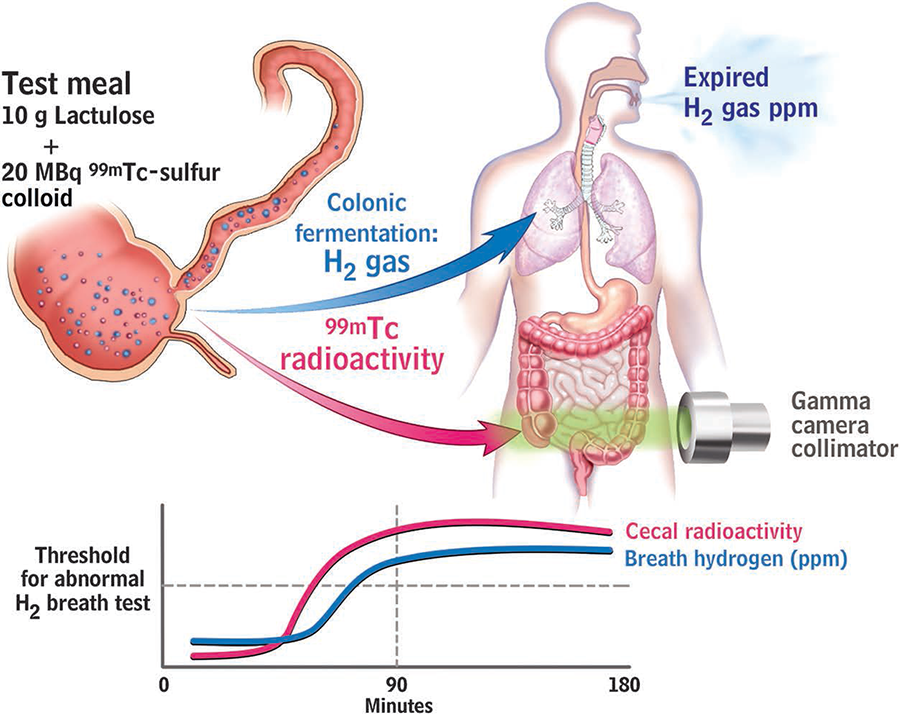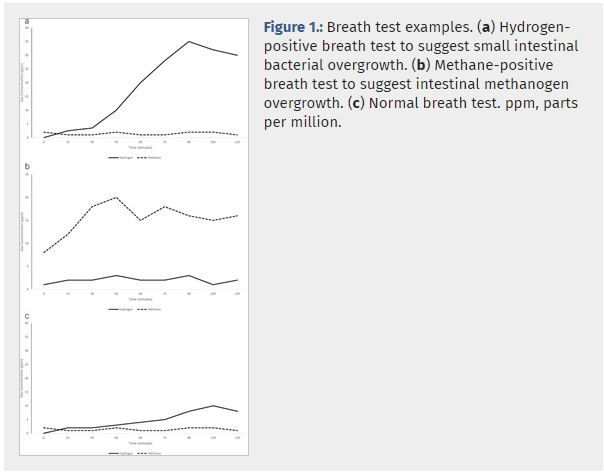
However, in excess amounts H 2S is actually considered a neurotoxin. In healthy levels, H 2S helps to maintain the integrity of the gut lining. Hydrogen sulfide (H 2S) is a gas that is actually produced by the human body! H 2S is produced throughout the GI tract in a healthy body. This type of SIBO is a bit different from the first two. This is the same reason cows can survive on grass alone! This is partially due to the longer gut transit time that makes food sit in the gut for longer periods of time, allowing more calories to be extracted and absorbed.Īnother reason is because archaea make more calories available to us in the gut by breaking down fiber, which we normally cannot digest by ourselves. Weight gain and increased body fat is also a common sign of methane dominant SIBO.

It is also possible to have diarrhea with this type, but this is less common. The longer time food spends within the colon causes constipation. High amounts of methane can contribute to increased transit time within the digestive tract. Signs and Symptoms of Methane SIBOĪ common sign of an overgrowth in these archaea is chronic constipation.

The potential name change highlights the fact that this SIBO type is different than the rest and requires a different approach to treatment. This why SIMO (small intestinal methanogen overgrowth) isn’t the proposed name. Additionally, methanogens can actually overgrow in all areas of the colon. This name change would account for the fact that the methanogens are not bacteria. There is some discussion of renaming this SIBO type to IMO (intestinal methanogen overgrowth). Technically, these microbes are archaea and not actually bacteria. Methanogens produce methane from hydrogen gas and carbon dioxide. This type of SIBO is the second most common. The loss of liquids and electrolytes is also an issue and can lead to dehydration. The reduction in gut transit time also contributes to malnutrition due to the malabsorption of nutrients, because there is simply less time for the nutrients to be absorbed.

It is also possible that you don’t experience diarrhea at all, and don’t experience any other symptoms. Toxins released by these bacteria can irritate the gut lining, draw more water into the bowel, cause more contractions, and ultimately result in diarrhea. There is also another mechanism at play here that leads to faster movement through the bowels and diarrhea. The increased frequency of contractions in the small intestine leads to a decrease in gut transit time, which results in diarrhea. The bacteria also produce serotonin, which increases the contractions of the small intestine. The large amounts of gas that they produce can lead to severe bloating and abdominal discomfort, which can worsen as the day progresses. These bacteria produce hydrogen gas by fermenting carbohydrates in the digestive tract. So, staying in continuous contact with your functional medicine dietitian is vital to make sure your treatment protocol is the correct one for you! Hydrogen SIBO
#INTESTINAL METHANOGEN OVERGROWTH HOW TO#
How to heal SIBO completely depends on which kind or combination you have.

You will often see the 3 SIBO types written as “hydrogen-dominant” or “methane-dominant” because it is possible to have both but one is more dominant than the other. The 3 types of SIBO (small intestinal bacterial overgrowth) are:Įach of these types of SIBO require a different approach when it comes to treatment, so knowing which kind you have is extremely important! Keep in mind it is absolutely possible to have multiple kinds of overgrowth at the same time. There are 3 general types of SIBO, which are categorized based on which gas the microbes are producing in your small intestine. And if you do have SIBO, what type of SIBO do you have? Knowing what type you have is the first step to understanding how to heal SIBO. The next step is to test for SIBO in order to determine if it is actually present (test, don’t guess!). But simply thinking that you have SIBO isn’t enough to determine what happens next. If you’re reading this, you probably know a little bit about what SIBO is and you may think that you have it.


 0 kommentar(er)
0 kommentar(er)
